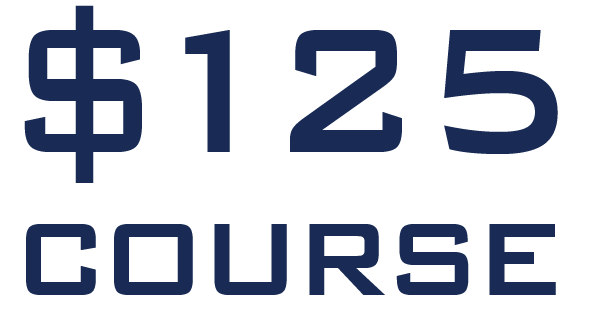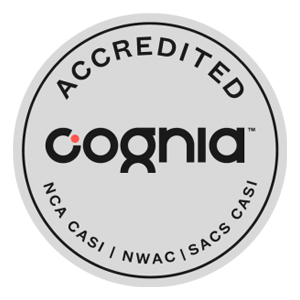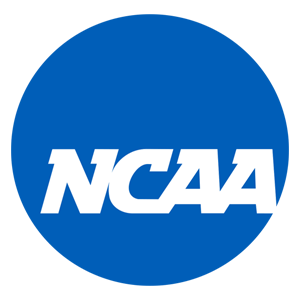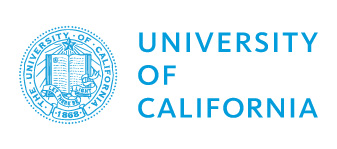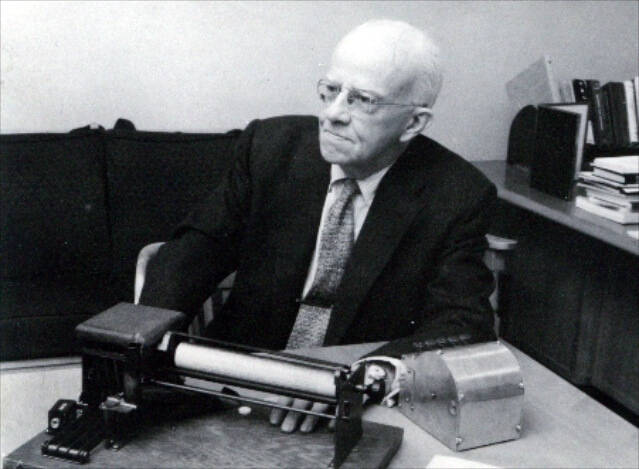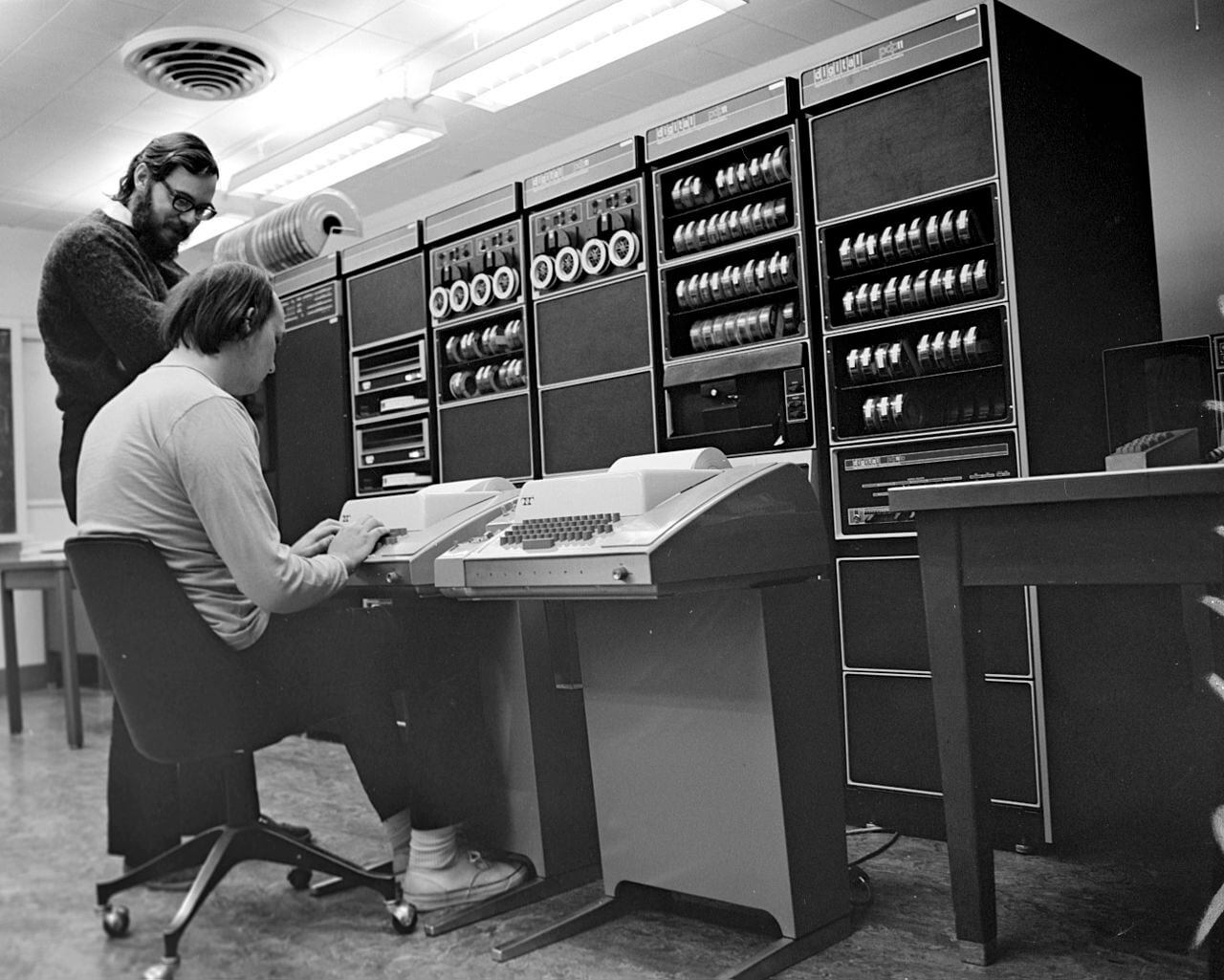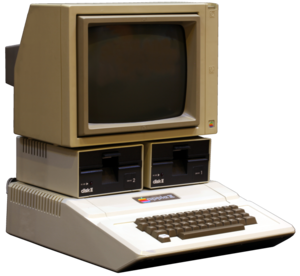
By David Smith, CEO Silicon Valley High School, Inc.
Welcome to the first blog post for Silicon Valley High School, an online, accredited private high school offering affordable video-based, self-paced, teacher-supported supplemental courses, online tutoring as well as an online diploma program. This post comes at an interesting time. Regular schools are closed, and students are confined to their homes due to the Covid-19 coronavirus. Pretty much everyone is dependent upon home schooling, mostly via the Internet, at this time. Our enrollments here at Silicon Valley High School have been growing pretty quickly the last few years, but the growth has certainly accelerated since the Covid-19 lockdowns have restricted more than 80% of Americans to their homes.
You would think home schooling is something new, with all the attention it’s been getting recently, but, as we’ll discover, home schooling through distance education is a 200-year-old new idea. Of course, the way education is delivered has changed a lot over the last 200 years, but the overall idea of receiving learning materials at home and submitting work to be graded by remote teachers is nothing new.
As we explore the history of home schooling and distance education you will see how the channels of communication between the student and the teacher have evolved over time, and then I’ll bring you up to date with the current state of affairs and explain how we deliver our online courses at Silicon Valley High School.
Not everyone lives near a school or university, and not everyone can afford the associated tuition fees, so there’s always been a demand for distance education.
1728

In 1728, Caleb Phillipps began advertising private (snail mail) correspondence courses in the Boston Gazette newspaper. Phillips offered to teach shorthand to students anywhere in the country. At that time, educational materials were sent to students through the mail, and students communicated with their teachers through written “correspondence”. Believe it or not, many educators rely on the mail and paper communications with students to this day.
This type of correspondence school relied upon the mail system, which was operated in the US as a private enterprise in 1728. The Royal Mail in the UK can trace its history back to 1516, when Henry VIII established a “Master of the Posts” position but it was 1775 before Benjamin Franklin was appointed the first postmaster general of the national US Postal Service. With the growth in literacy, a growth in publishing and a thirst for education from the poor as well as the rich, correspondence courses grew in popularity in the 1700’s and 1800’s.
1858
Distance education spread beyond one-off courses and by 1858, 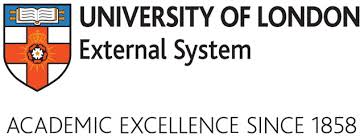
1873
In 1873 the US Society to Encourage Studies at Home was founded by Anna Eliot Ticknor. Its purpose was “to induce among ladies the habit of devoting 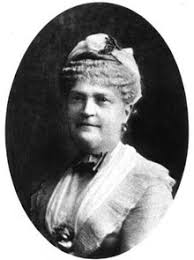
The American society served women of all classes and specifically sought to serve women who were already busy with chores of the home, showing how they might profitably use their time for study and enlightenment. Where the English society required its students to travel to London to take a final exam, the American society, with its individualized teaching plans, dispensed with this formality judging it impractical due to the geographic distances between instructors and students and recognizing the limited financial means of many of its students.
The US Society to Encourage Studies at Home is an early example of how distance education could be used to reach those who would otherwise be deprived of the opportunity of a quality education.
1892
The term “distance education” is first used in 1892 by the University of Wisconsin–Madison in a pamphlet and the University of Chicago becomes the first traditional American educational institution (college or K–12) to offer correspondence courses.
1906
In 1906 there was a new form of media for delivering education. The University of Wisconsin–Madison started to send course materials and lectures on phonograph records to distance learners, embracing new technology as a means of distance education and setting the stage for online learning.
1922
Radio grew popular worldwide, and in 1922, Pennsylvania State University became the first college or university to broadcast courses over the radio. For the first time, educational materials could be delivered to students virtually instantaneously.
1924
An inventor called Sidney Pressey invented the first “teaching machine” in 1924. This resembled a typewriter with a window that could administer questions. One window was used to show the question and the other one to fill in the answer. This “teaching machine” effectively became the first learning management system. As we will see, learning management systems have become more sophisticated and prevalent in recent years, and form the foundation of many online learning platforms today.
1926
The growing distance learning industry needed some central organization and the National Home Study Council was formed in 1926. It still operates today, under the name Distance Education Accrediting Commission, and is a leading accrediting body for online institutions of higher education.
1953
Television became the next channel for delivery of distance learning materials. In 1953, the University of House began offering the first televised college classes on KUHT (today called HoustonPBS), which was the first public television station in the United States. Referring to itself as “The Channel That Changes You”, KUHT devoted almost 40% of its total broadcast time to education. Many of the courses aired in the evening so they were available to people who worked during the day.
In 1969, the socialist Labor government in the UK established the Open University, which used TV and radio to broadcast educational content and widen access to the highest standards of scholarship in higher education. I remember seeing those dull lectures on the Open University when I was growing up and noticed that educational content was not exactly entertaining at that time. The lectures were pretty dull, but the Open University grew to be the largest university in the UK and now educates students online worldwide. With more than 174,000 students today, it is the largest academic institution in the UK, and one of the largest universities in the world. Since it was founded, 
1964
Although TV was ubiquitous by the time the Open University was formed in 1969, it was, and remains, a one-way broadcast, or asynchronous, channel of communication. AT&T and others had been working for some time on 2-way video-conferencing. Video conferencing was introduced by AT&T at the World Fair in New York in 1964. It was a simple system incorporating two closed circuit televisions systems which were connected by a cable. Video telephony had been in existence since the 1920s, but use of the telephone network to deliver video was impractical until the development of efficient video compression techniques in the 1960’s.
1974
Large mainframe computers were now becoming available and in 1974 Vint Cerf and Robert Kahn coined the term “Internet” in a paper called “A Protocol for packet Network Interconnection” that described some fundamental technology for networking computers together.
1976
The first virtual campus, Coastline Community College was launched in California in 1976, but these courses were not yet computer based. Coastline delivered its degree program entirely through telecommuting courses, also known as telecourses which used a combination of telephone, television, radio, records, and audio cassette tapes.
1977
In 1977 we see a big step forward when Lawrence Landweber establishes the Computer Science Network (CSNET) with the intention of connecting all US universities and industrial computer research groups together.
This is the year when Apple released the first mainstream home computer, the Apple II. Apple was still selling variants of this computer ten years later when I joined the company. It sold more than six million units before stopping production in 1993. The home computer was to grow into the leading platform for home schooling worldwide.
1991
This established the early skeleton of the Internet, but it remained quite cut off from the general public until 1991 when, as a result of Al Gore’s bill, the US government allocated $600 million toward advancing Internet technology and creating what was referred to as the “Information Superhighway”. This term was short-lived. The network came to simply be known as the “Internet” 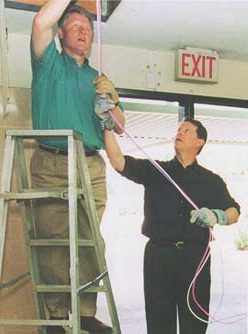
Minnesota was the first state to pass a charter school law in 1991. California was second, in 1992. There are now close to 7,000 charter schools across the US, educating close to 5% of the students nationwide. Charter schools are not owned by the state, they’re either for-profit or non-profit organizations that are provided with educational funds by the state. Charter schools represent a form of privatization of the state education system, blending privately-run institutions with state funding. Most home school students in the US are attending online charter schools, partly due to the fact that they’re funded by state funding and parent’s don’t need to pay tuition fees themselves. All children under the age of 18 must be enrolled in school in the US, but that doesn’t mean they have to attend a brick and mortar school. Many families opt for home school charters where they study online. It was estimated in 2018 that 2.56% of students were home schooled in the United States.
1993
The worldwide web was mostly text-based, with hyperlinks connecting documents across different web sites, and it was 1993 when the first live video footage was played over the Internet showing a performance by a garage band consisting of employees of DEC Systems Research Center, Xerox PARC and Apple Computer. Shortly after this, researchers at the Computer Laboratory of the University of Cambridge created the first webcam by broadcasting static footage of the Trojan Room coffee pot.
1994
The Internet is now in full swing and in 1994, CALCampus offered the first online college courses with real–time instruction and participation. CALCampus actually opened its first online tutoring center for high school students in 1986 on the QuantumLink network, so by 1994, it was able to migrate operations over to the Internet. Available to all, the Internet was rapidly becoming the obvious platform for delivering online education.
1996
In 1996 the first fully web–based, accredited university, Jones International University was launched by Glenn R. Jones 
2002
In 2002, while working on a postgraduate degree at the Curtin University of Technology in Australia, Martin Dougiamas created Moodle, 
By 2020, 23 million courses had been deployed in Moodle by more than 143,000 online educators with more than 953 million student enrollments. Major opensource platforms like Moodle, Linux and WordPress are constantly being developed and improved, issuing regular updates that are adopted by millions of web developers worldwide.
2005
In 2005, three employees of PayPal, Jawed Karim, Steve Chen, and Chad Hurley realized there was no single location where videos could be shared online and they created YouTube. YouTube has become an enormous educational resource. I was watching the TV series Ozark last night, and the lead character turns to YouTube to quickly learn how to operate a human cremation machine to dispose of a body. YouTube has grown into the go-to place where you can learn about virtually anything. By 2020, YouTube has grown to a point that 300 hours of video are uploaded to YouTube every minute and almost 5 billion videos are watched each day.
At this time, in 2005, I had been a tech executive and startup entrepreneur for many years, I was running seminars on entrepreneurship and business at Santa Clara University, and studying in their law school program in the evenings. I realized how it would be more efficient for me to record videos and post them online, rather than running the live seminars that required everyone to be in the same place at the same time, so I registered the Silicon Valley Business School trademark and started building online courses featuring videos I recorded and edited myself. Initially, I built my own platform for delivering the educational content for Silicon Valley Business School, but soon moved everything over to Moodle when I discovered the benefits of the open source world. I then realized there was a growing catalog of YouTube videos available for inclusion in courses, and the combination of YouTube videos with the Moodle learning management system was extremely powerful.
YouTube publishers were competing to make their videos more professional and entertaining. Online education would never be the same again.
2013
By 2013, I had developed Silicon Valley Business School with a range of 25 courses covering law school topics as well as the typical courses you would find in a typical business school. It was at this point that I was introduced to Ryan Teves, a former high school teacher, who wanted to publish some online high school courses. I decided to essentially copy and paste the Silicon Valley Business School model, create Silicon Valley High School and work with Ryan to start building online high school courses.
We created our own videos, but we found there were high quality videos being posted from all types of educators on YouTube. We hired credentialed high school teachers, all working from home, and we set about building an entire high school curriculum.
2018
To cut a long story short, our courses were approved by the University of California and the NCAA. Our school was accredited and our enrollments started to grow at a rapid pace. Silicon Valley High School became a trusted source of online education for schools and parents across California and we started to attract students from all over the world.
2019
We added an online tutoring service, connecting credentialed teachers to students via video conferencing technology, migrated our servers to AWS, so they’re scalable and capable of handling huge numbers of students and we built a customer service operation that is capable of quickly responding to questions from educators and parents as well as the students themselves.
2020
Through the Internet, we can now deliver quality education at a highly efficient price point. Online schools have the potential to be much more efficient than their traditional counterparts. We can deliver a teacher-supported online course from Silicon Valley High School for $125. That’s a semester of tuition with credentialed teachers.
Our teachers enjoy working from home, and our students like the fact that our courses are video-based, self-paced and teacher-supported. Our online school has never been so busy, and we’re pleased to be able to continue to provide quality education throughout this time of crisis when traditional face-to-face education has been totally shut down.
It’s been a long journey and there have been many important milestones along the way, but the time has finally arrived for home schooling and distance learning to deliver on the promise that many of us have envisaged for many years. The time has finally arrived for home schooling to become the mainstream mode of education for a large proportion of students worldwide.
In future blog posts, we will discuss how home schooling via online learning can provide vital education to everyone, everywhere and how it can be best harnessed by students, parents and educators throughout the Coronavirus shutdown and beyond.
All trademarks and images are the property of their respective owners.

